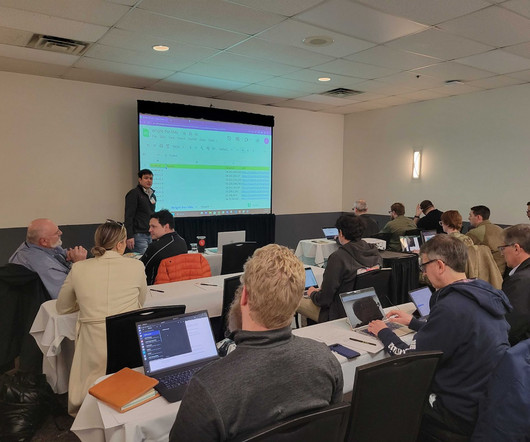What Are Security Guardrails? Why Do They Matter to Your AppSec Program?
SecureWorld News
MAY 19, 2022
Security teams are entirely unprepared to govern and secure the modern SDLC in this agile world. Providing tools and processes to ensure developers can build secure software by default has long been recognized as the best way to avoid security pitfalls and prevent security bugs from being introduced in the SDLC.




















Let's personalize your content